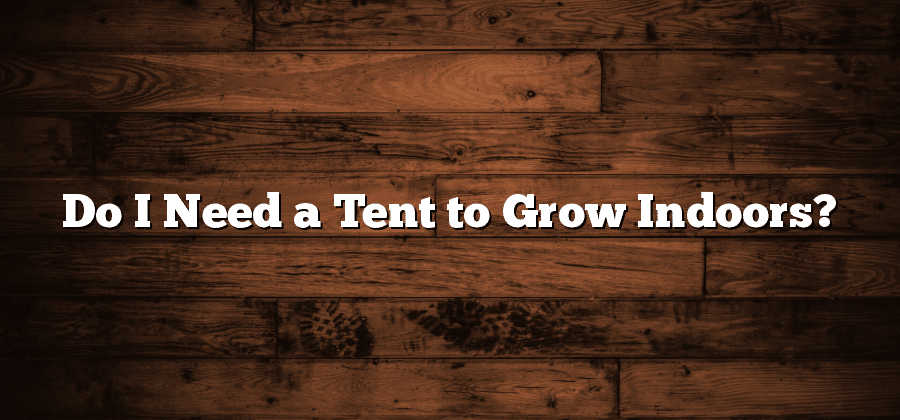Benefits of Growing Indoors
As urban living continues to rise in popularity, indoor gardening has become a sought-after solution for those who lack space for a traditional outdoor garden. One of the primary benefits of growing indoors is the ability to control the environment. With an indoor garden, gardeners have the power to manipulate temperature, humidity, and lighting conditions to create an optimal growth environment for their plants. This control allows for year-round gardening, regardless of the weather outside. Moreover, indoor gardening ensures a consistent supply of fresh produce, herbs, and flowers, eliminating the need to rely on store-bought options that may have been treated with pesticides and other chemicals.
In addition to environmental control, indoor gardening offers the advantage of pest control. By growing plants indoors, gardeners significantly reduce the risk of infestations or disease transmission from outdoor pests. Furthermore, indoor gardening eliminates the need for harmful pesticides, as pests can be managed using natural methods such as introducing beneficial insects or using organic treatments. This not only ensures the health and safety of the crops but also minimizes the harmful impact on the surrounding environment. Overall, indoor gardening provides a safe and sustainable way to enjoy the benefits of gardening without the challenges and limitations of traditional outdoor methods.
Factors to Consider for Indoor Growth
It is crucial to consider several factors when embarking on indoor gardening. First and foremost, the choice of plants plays a significant role in the success of indoor growth. Different plants have varied requirements in terms of light, temperature, and humidity levels. Therefore, it is essential to select plants that are well-suited for indoor conditions and can thrive in limited space.
Another factor to consider is the available space and its layout. Indoor gardening requires careful planning to make the most of the available area. Consider the size and shape of your indoor space and select plants accordingly. Some plants, like vining plants, may require trellises or wall-mounted supports, while others may need individual containers. Efficient use of space will ensure that each plant gets adequate light and ventilation, leading to healthier growth. It is also important to consider the maintenance requirements of the chosen plants, such as pruning or the need for regular fertilization.
Ideal Conditions for Indoor Gardening
Creating the ideal conditions for indoor gardening is crucial to ensure the health and growth of your plants. One of the most important factors to consider is the temperature. Most indoor plants thrive in temperatures between 65 to 75 degrees Fahrenheit during the day and slightly cooler temperatures at night. It is important to avoid extreme fluctuations in temperature, as it can stress the plants and hinder their development.
Humidity is another significant aspect to focus on for indoor gardening. Many plants prefer a certain level of humidity, which can vary depending on the species. It is essential to research the specific requirements of your plants and adjust the humidity accordingly. In general, most indoor plants prefer a moderate level of humidity, around 40 to 60 percent. To increase humidity, you can use a humidifier or place a tray filled with water near your plants. On the other hand, if the air is too humid, you can employ a dehumidifier or increase ventilation in the room to allow excess moisture to escape.
By maintaining an optimal temperature and humidity range, you can provide your indoor plants with a conducive environment for healthy growth. However, these are just two factors to consider when creating the ideal conditions for indoor gardening. Let’s explore more aspects that contribute to the successful cultivation of indoor plants in the following sections.
Lighting Options for Indoor Plants
When it comes to indoor gardening, providing the right lighting conditions for your plants is crucial for their overall health and growth. Adequate lighting not only helps your plants perform photosynthesis effectively, but it also contributes to their aesthetics, making them look vibrant and lush. However, choosing the right lighting options can be overwhelming, given the numerous choices available in the market.
One common option for indoor plant lighting is fluorescent lights. Fluorescent lights come in various types, including high-output (HO) and compact fluorescent lights (CFLs). These lights are energy-efficient, produce low heat, and provide a wide spectrum of light that is suitable for most plants. Another popular lighting option is LED lights. LED lights are highly energy-efficient, have a longer lifespan compared to other types of lights, and can be customized to emit the specific light spectrum required for various plant growth stages. Additionally, Halogen lights and incandescent lights can also be used for indoor plants, but they are less commonly used due to their higher energy consumption and heat production.






